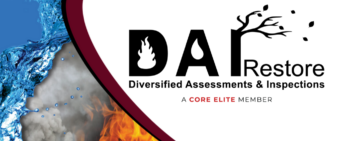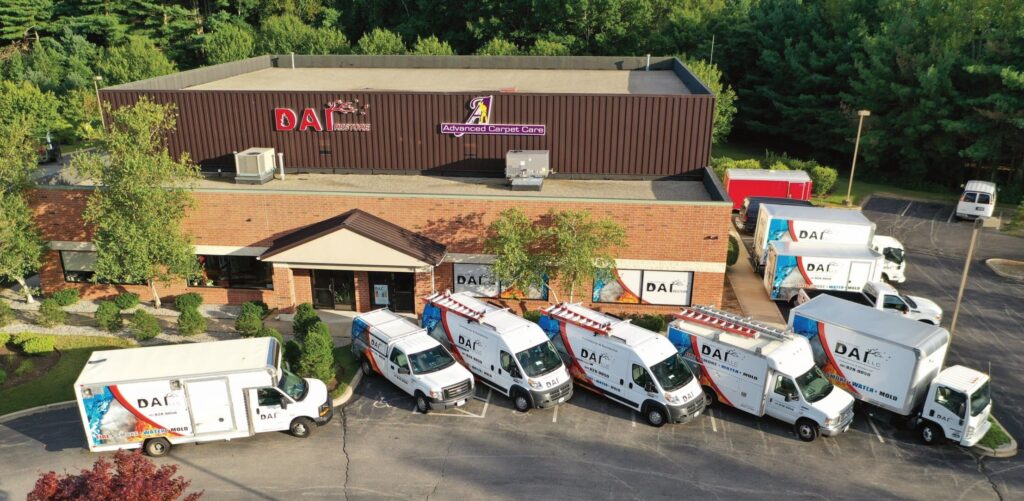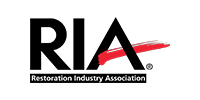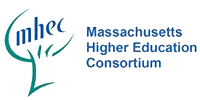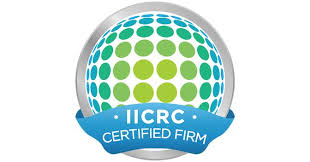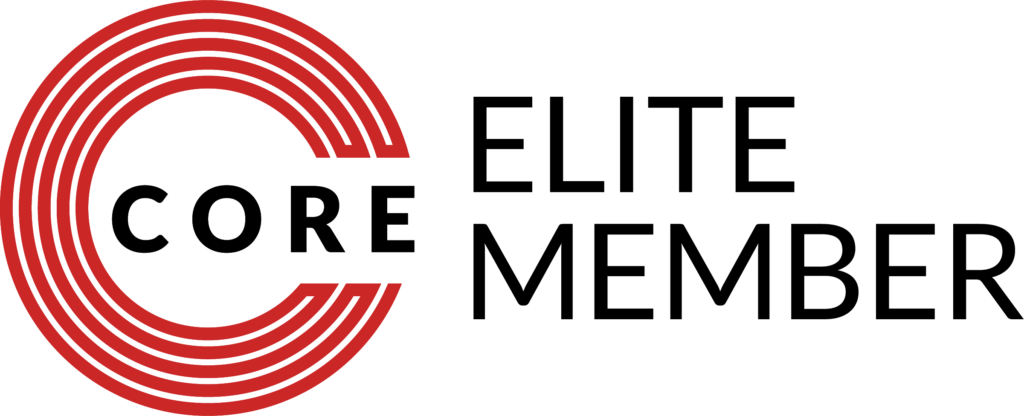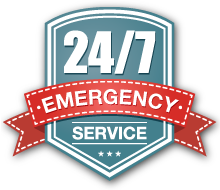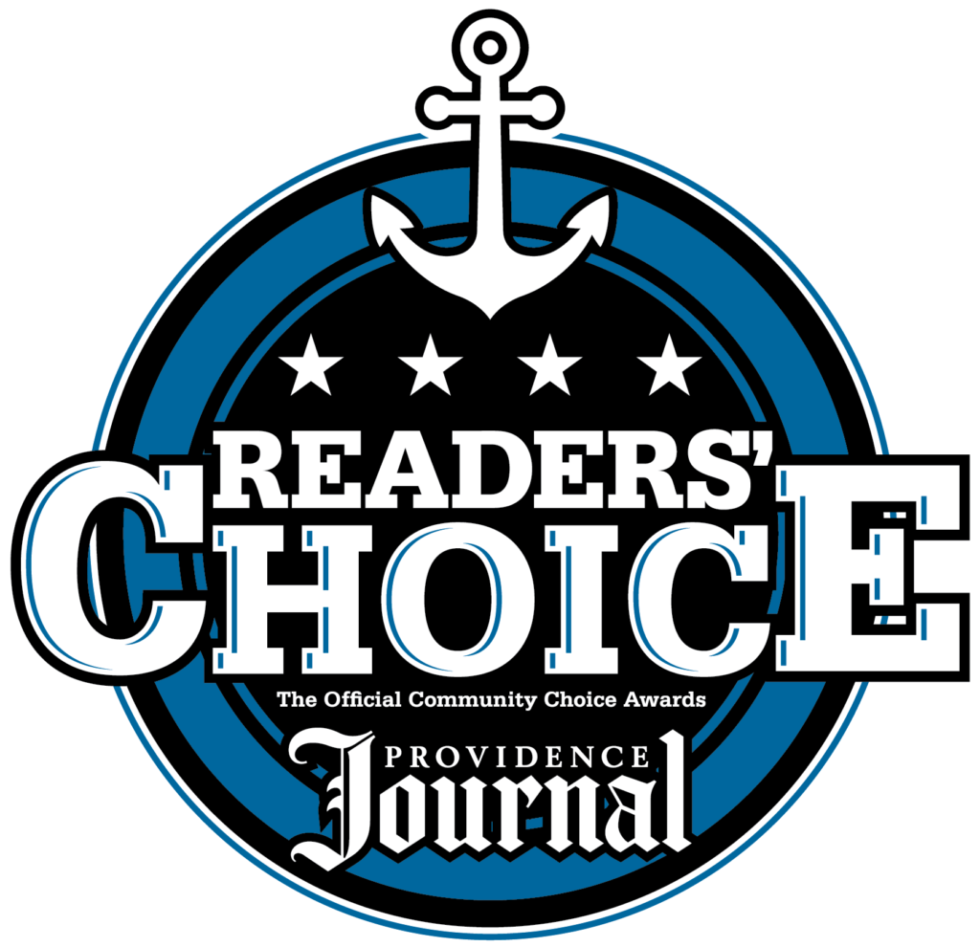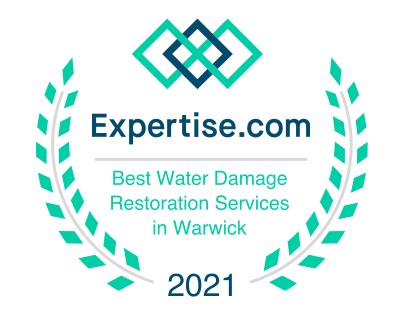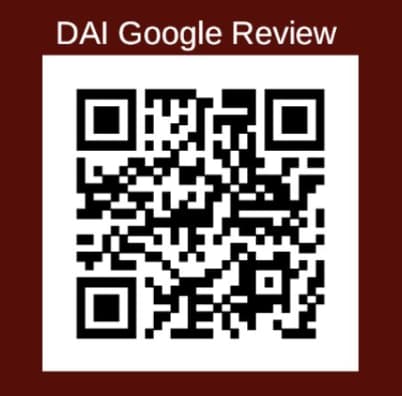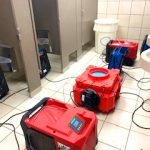
DAI is ready
to help you
Water
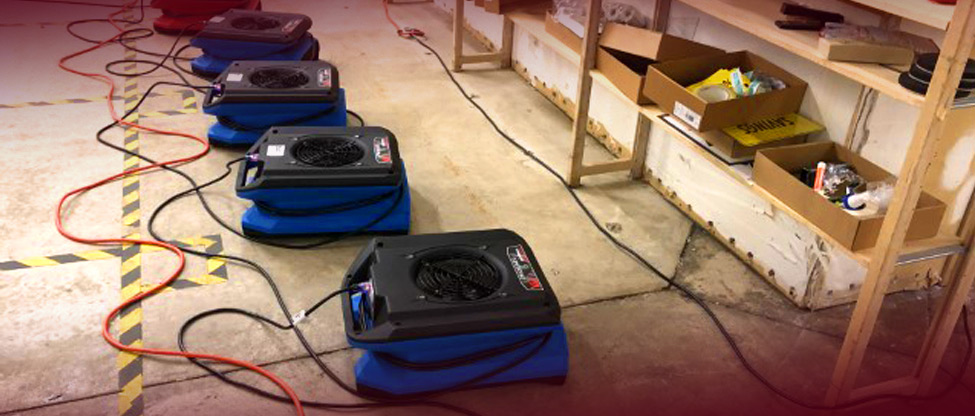
Water Damage Restoration & Repair
The DAI Team has provided Restoration Services to our clients for decades, continuously growing, training, and adapting to new technology to assist with the mitigation of your property. We combine honesty with ethics to deliver an efficient and effective solution to your project. We understand the industry’s need to project quality with a responsive delivery of restoration services.
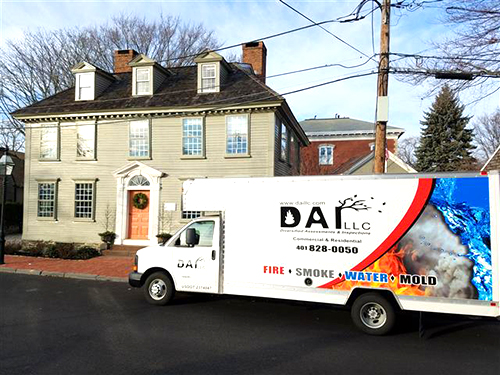
The New Restoration Experience!
Mitigating water damage must be done quickly and efficiently after any type of water ingress to reduce the potential damage caused by water after a leak or flood. Standing water may become more contaminated the longer it is left untreated; The risk of microbial growth and damage to contents increases the longer you sit. Therefore, timely water mitigation is an essential part of any water damage recovery plan.
The ingress of water into buildings can be extremely destructive without sufficient water withdrawal and decontamination. Proper recovery from water damage is an essential part of recovery if your home or business is affected, and it is important to act within the first 24-48 hours to minimize the effects of water damage.
The Process
Locating the source of the damage, documenting all damaged areas, and determining a category of water loss are all important in creating a mitigation plan. Categorizing a water loss is dependent on the source of the water, the length of time the water has been allowed to dwell in the structure, the temperature, and any pre-existing conditions.
A category of water is assigned as follows:
- Category 1: Water from a clean source and has no substantial risk of causing illness or discomfort.
- Category 2: Water that has a significant degree of chemical, biological, and/or physical contamination (Sewage). This is also known as “gray” water.
Category 3: Water that comes from a grossly unsanitary source or carries pathogenic (disease causing) agents. This can also be called “black” water. Multiple forms of PPE are to be used when handling a Category 3 water loss including rubber gloves, full body coverings, eye and respiratory protections, etc.
The most efficient way to hasten the drying process is by removing as much water as possible while it is in liquid state. During the extraction process, liquid water is vacuumed, mopped, and/or otherwise “forcefully” removed from the structure using any multitude of available extraction tools (e.g. truck mounts and submersible pumps). This equipment and other specialty tools are used to remove water hidden by the structure, within carpeting, and in other materials until all standing water has been removed. After all liquid water is removed, the team can begin the drying and dehumidification processes.
Any damaged or contaminated materials are removed from the affected areas and disposed of if they are unable to be properly repaired, during (or immediately after) the extraction period.
A drying method will be selected after deciding which materials are salvageable. There are various methods that apply different combinations of humidity control, temperature, airflow, and physical manipulation of materials.
Inspections and monitoring occur throughout the drying process to determine if progress is being made. Equipment and methods are adjusted depending on if the material is drying, has dried, or is not drying. Other decisions will be made if contamination or secondary damage could occur, or if adjusting the process or remediating is necessary.
Whenever soil and debris must be removed to expedite the drying process, cleaning procedures are put in place. Contaminated materials, surfaces, and content that can be restored require cleaning. An EPA registered biocide will be used when the conditions of the affected areas have a high risk of exposure to organisms.
Demolished or removed materials are replaced or rebuilt, such as drywall, flooring, insulation, trim, and painting if needed. A final detailed cleaning completes the reconstruction process.
WATER DAMAGE RESTORATION MOST FAQ’s
- Plumbing failures (pipe leaks, clogs, and bursts)
- Water Heater leaks and releases
- Appliance failures (dishwasher, washing machine, refrigerator)
- Toilet, Sink & Tub overflows/backups
- Ice Dams
- Roof Leaks
- Storm Drain & Gutter backups
- Natural Disasters
- Sump Pump failures
- Sprinkler/Fire Extinguishing Systems
DAI Restore’s IICRC certified staff of technicians have been educated and trained in all aspects of water damage restoration.
We use a few kinds of methods, based on the severity and nature of the damage:
- Disruptive drying methods are used when removal or manipulation of the affected materials is required. These methods involve removing wet items, injecting air to speed drying, or perforating surfaces to allow evaporation.
- Aggressive drying methods are used when contamination and damage are not concerns, and when it is more cost-effective to dry than to replace.
- Air movement methods promote fast drying of surfaces and provide air circulation of an entire indoor space.
Dehumidification methods reduce the amount of moisture content in the air. The drying system is balanced through dehumidification by the dehumidifier removing the moisture that air movers have blown away from wet materials. Types of dehumidifiers that may be used are Conventional Refrigerant dehumidifiers, Low Grain Refrigerant (LGR) dehumidifiers, and Desiccant dehumidifiers.
No water mitigation job is considered complete until all affected areas and materials are clean, dry, and are in equal or better appearance and function than they were before the water loss occurred.
Related Posts
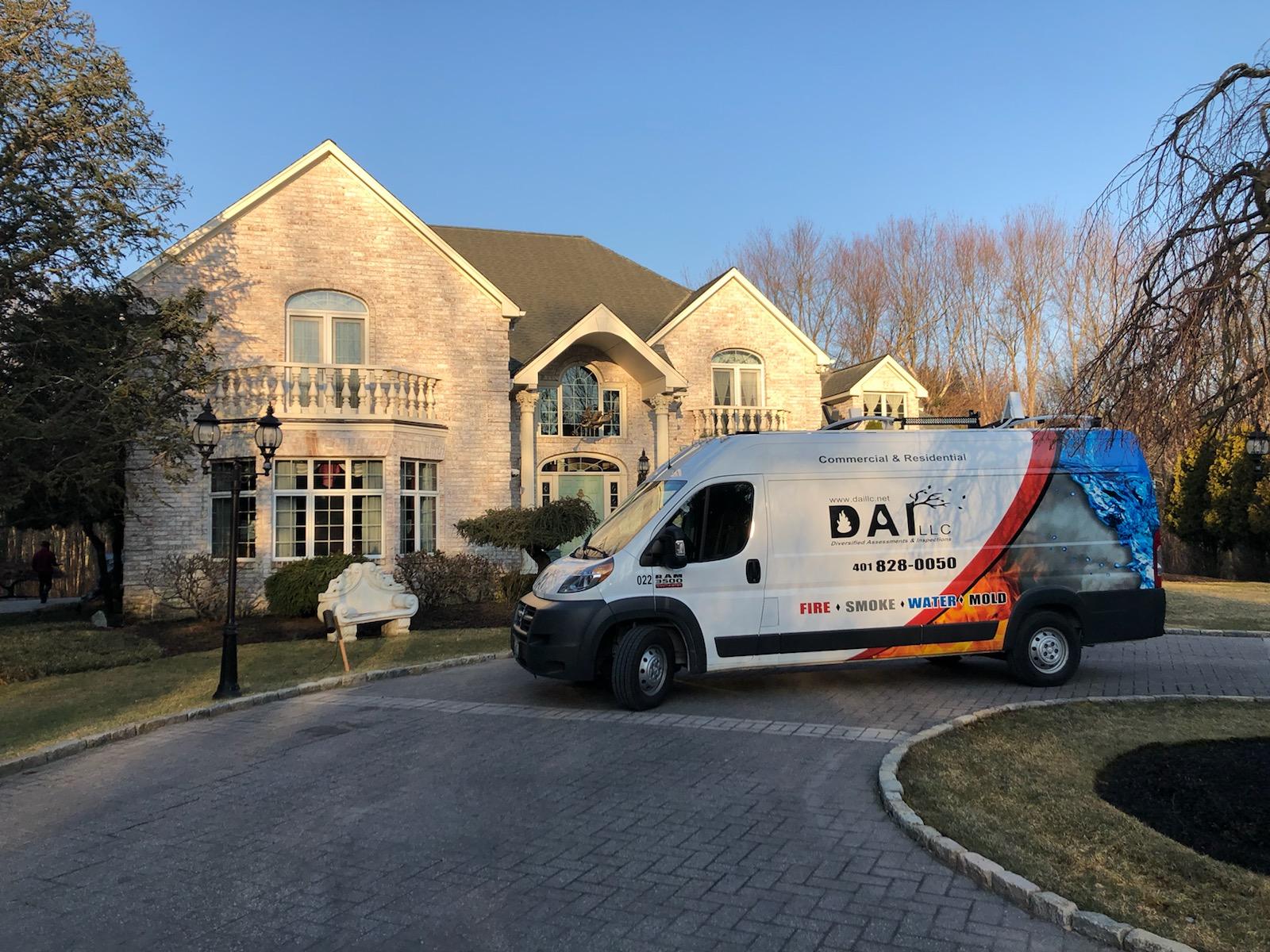
Essential Restoration Services For New Homeowners
Just bought a new home? Congrats! While homeownership is exciting, it also comes with surprises—like water leaks, mold, or lingering smoke odors. This guide walks you through essential restoration services every new homeowner should know, from inspection checklists to carpet cleaning, water damage help, and more. With DAI Restore, you’ll be ready for anything—and feel confident settling into your new space.

Spring Cleaning Tips to Prevent Water & Mold Damage
Spring is the perfect time to freshen up your property and prepare for the unexpected. In this expert-backed guide, DAI Restore shares essential spring cleaning tips to help prevent water damage, mold growth, fire hazards, and more. From carpet cleaning to HVAC maintenance and water leak inspections, we’ve got you covered with a checklist to keep your home or business safe and ready for the season.
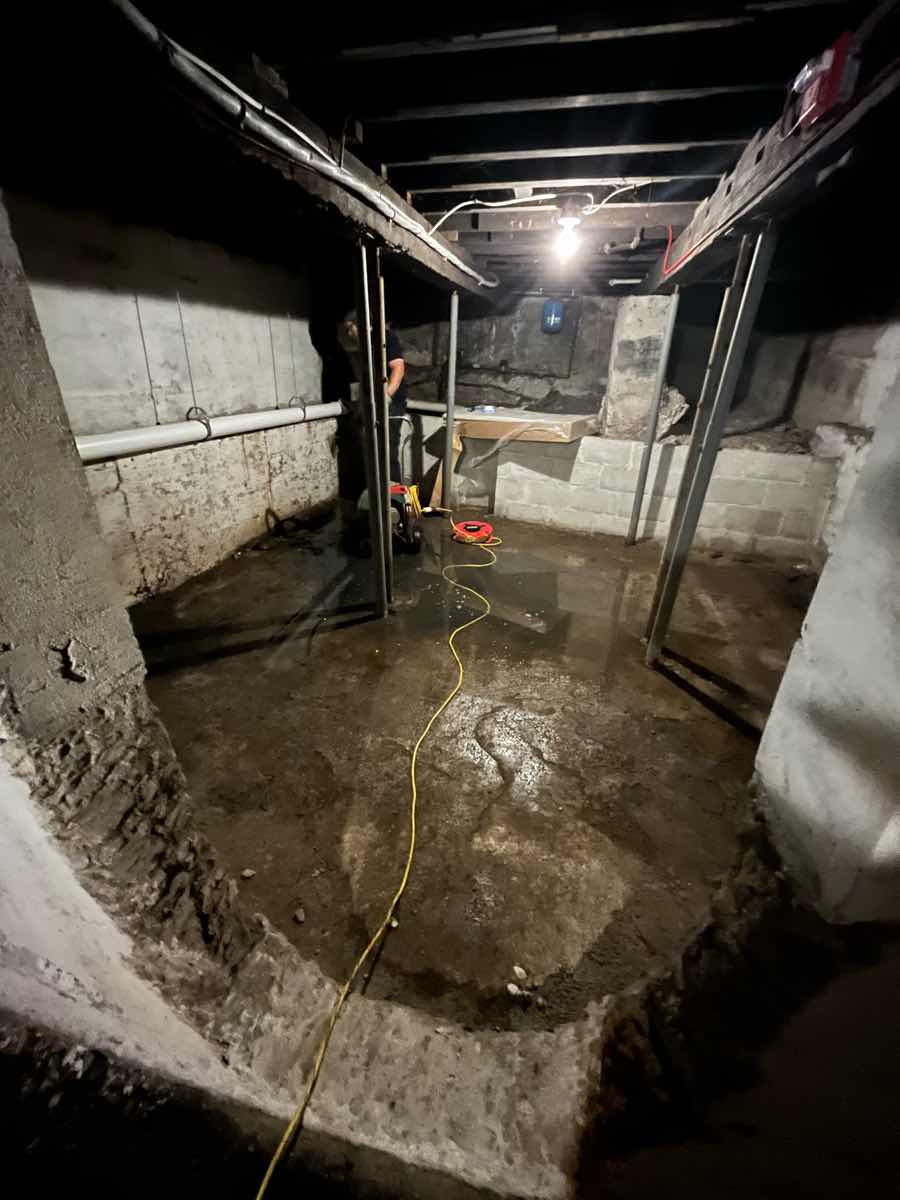
Waterproofing & Sump Pumps: Protecting Your Basement from Flooding
Flooding can cause major stress and damage to your home or business—especially in the basement. At DAI Restore, we break down how you can protect your property through effective waterproofing strategies, regular sump pump maintenance, and proactive flood preparation. Learn how to seal foundation cracks, improve drainage, test your sump pump, and more in this blog.
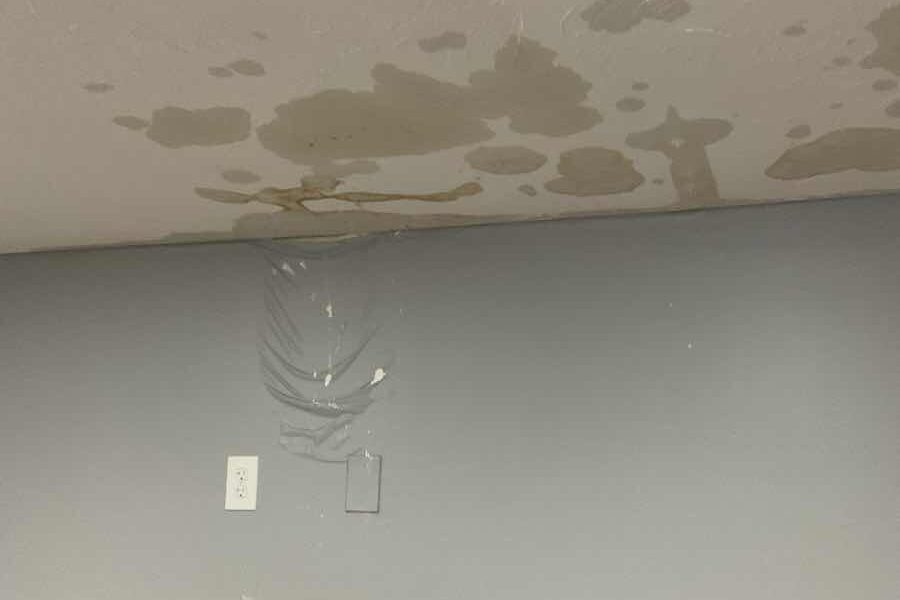
Basement Flooding & Roof Leaks Explained
Flooding is one of the most damaging and stressful events a homeowner can face. Whether it’s creeping in through foundation cracks or leaking through your roof, water has a way of finding its path—especially during heavy rain. In this post, we break down how flooding happens, what to watch out for, and simple, expert-recommended ways to keep your home safe and dry.

Ice Dams: What Every Home and Business Owner Should Know
Are ice dams putting your home or business at risk? Learn to spot the warning signs—like icicles, uneven snow melt, and water stains—before they lead to costly damage. Get expert tips to stay protected this winter from DAI Restore!

Understanding Ice Dams: What They Are, How They Affect Your Home or Business, and More.
Winter in New England brings beauty, but it also brings the risk of ice dams. These icy ridges at the edge of your roof can cause severe water damage, mold growth, and even structural issues. But why are they so common in this region, and how can you protect your home or business? In this blog, we break down what ice dams are, how they can affect your property, and most importantly, how you can prevent or deal with them. Learn essential tips for protecting your building and find out when to call a professional restoration team like DAI Restore. Don’t let ice dams cause costly damage—take action now!
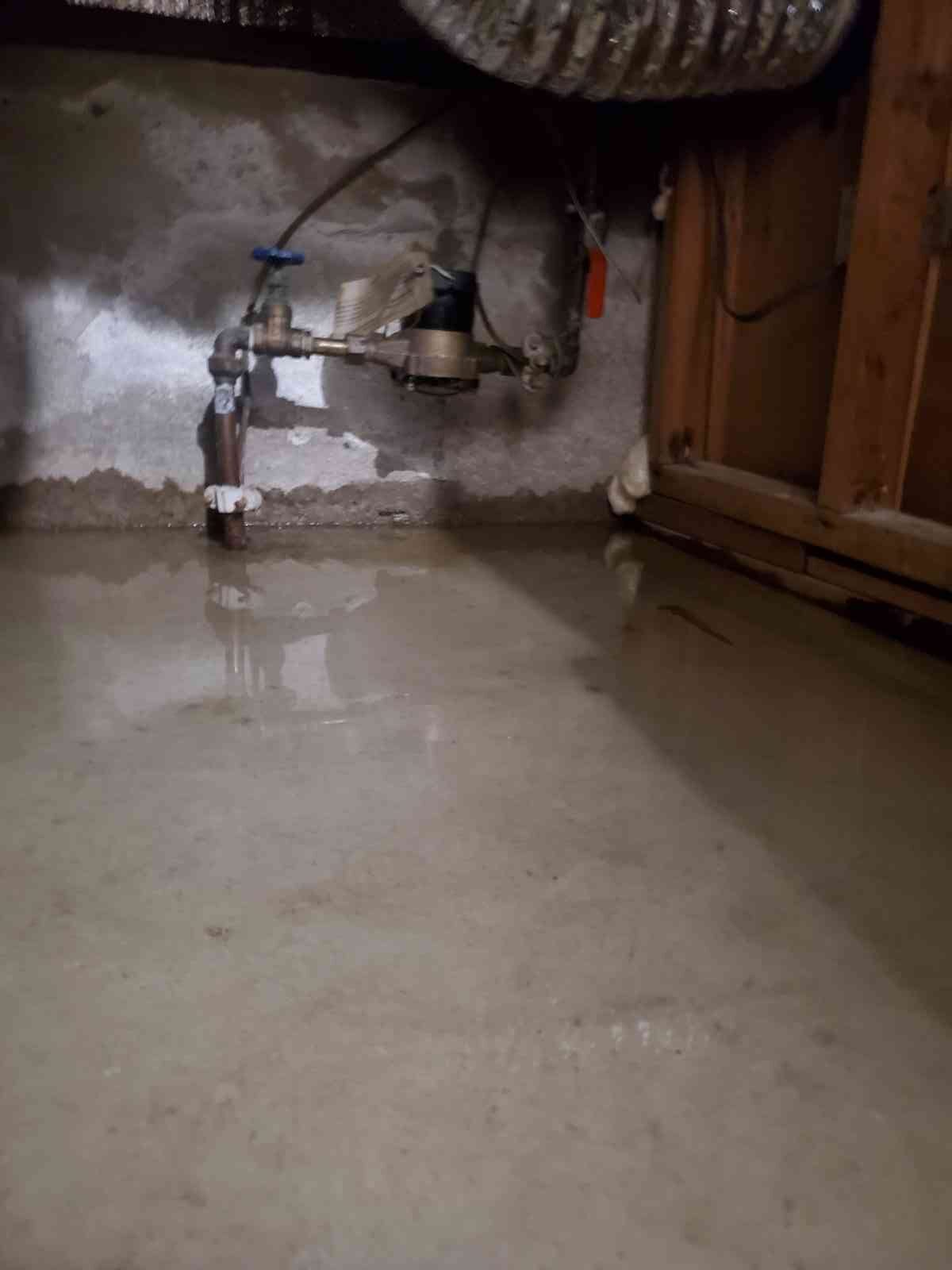
Winter Home Prep: How to Protect Your Home from Water Damage, Mold, and Structural Issues
Is your Rhode Island home ready for winter? Discover 4 essential tips to prevent water damage, mold, and structural issues during New England’s harsh winters. From roof inspections to sealing gaps and HVAC maintenance, stay proactive and protect your home. Read our guide now!
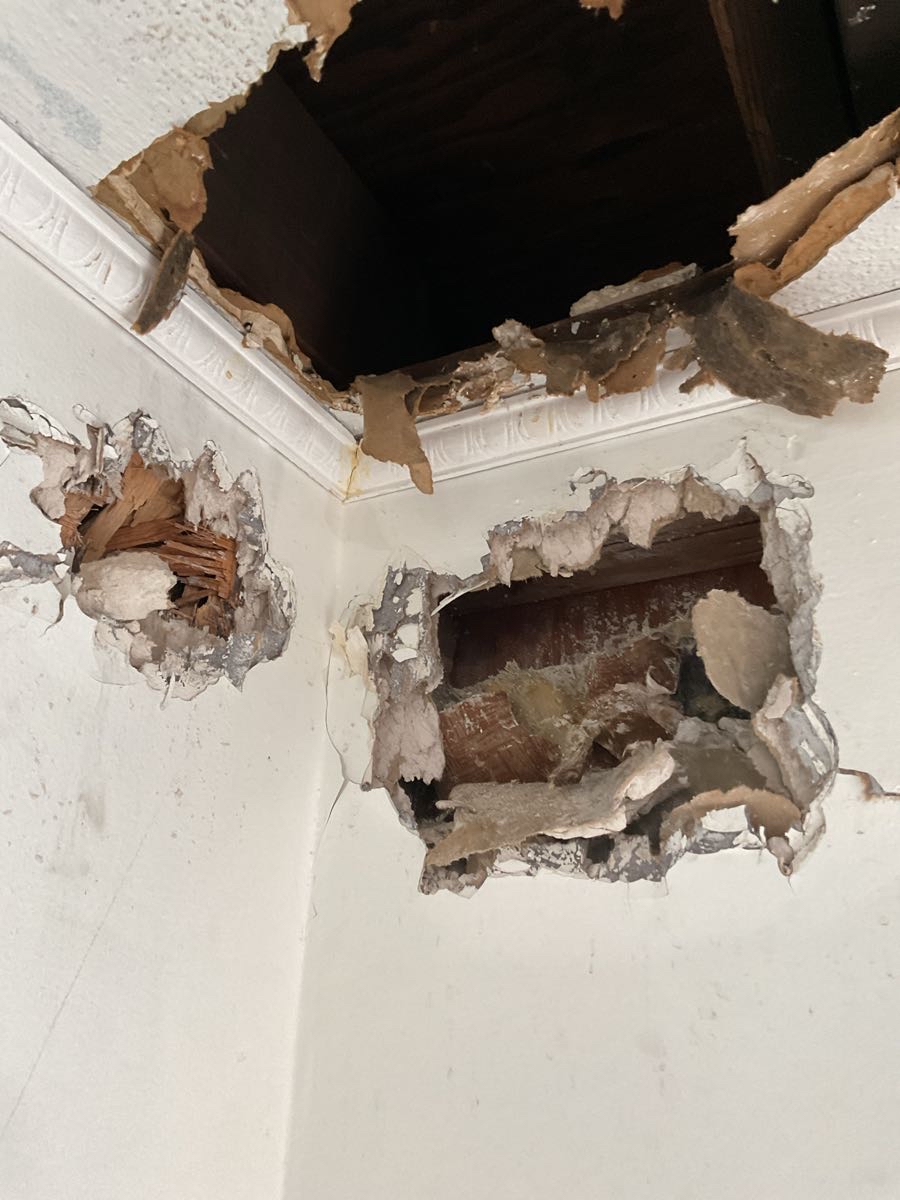
Holiday Home Safety: Essential Tips to Prevent Fire, Water, and Seasonal Hazards
Keep your home safe this holiday season with practical tips to prevent fire, water damage, and other seasonal hazards. From managing Christmas tree risks to safeguarding against frozen pipes, discover simple, effective strategies to protect your property while enjoying the festivities.
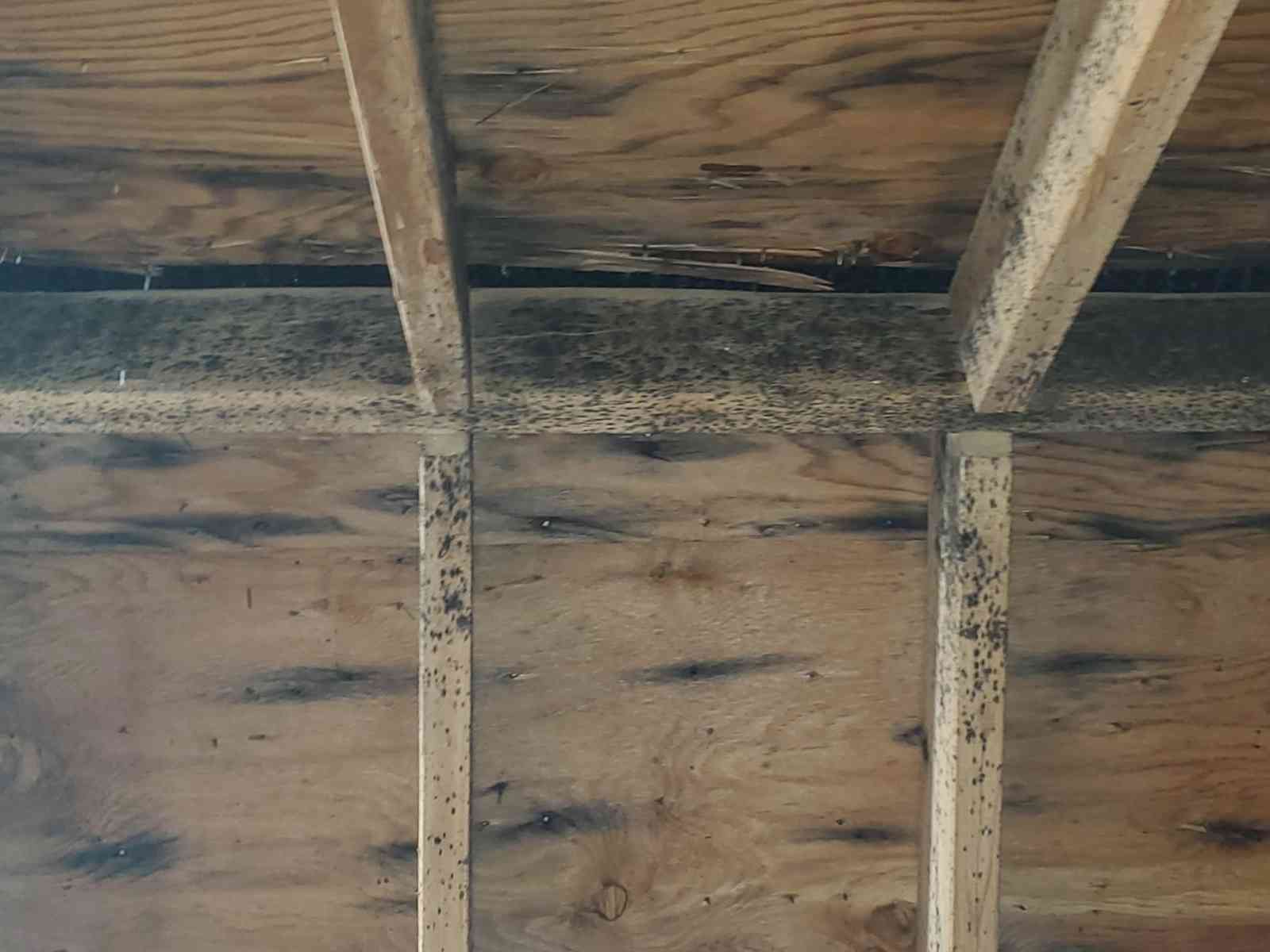
What To Know About Mold Remediation: Myth vs. Fact (Part 2)
Discover the truth behind common mold myths in Part 2 of this series. Learn how to remove mold, clean up mold damage, and protect your home with professional mold remediation and disaster restoration services. Keep your home safe and mold-free with DAI Restore!
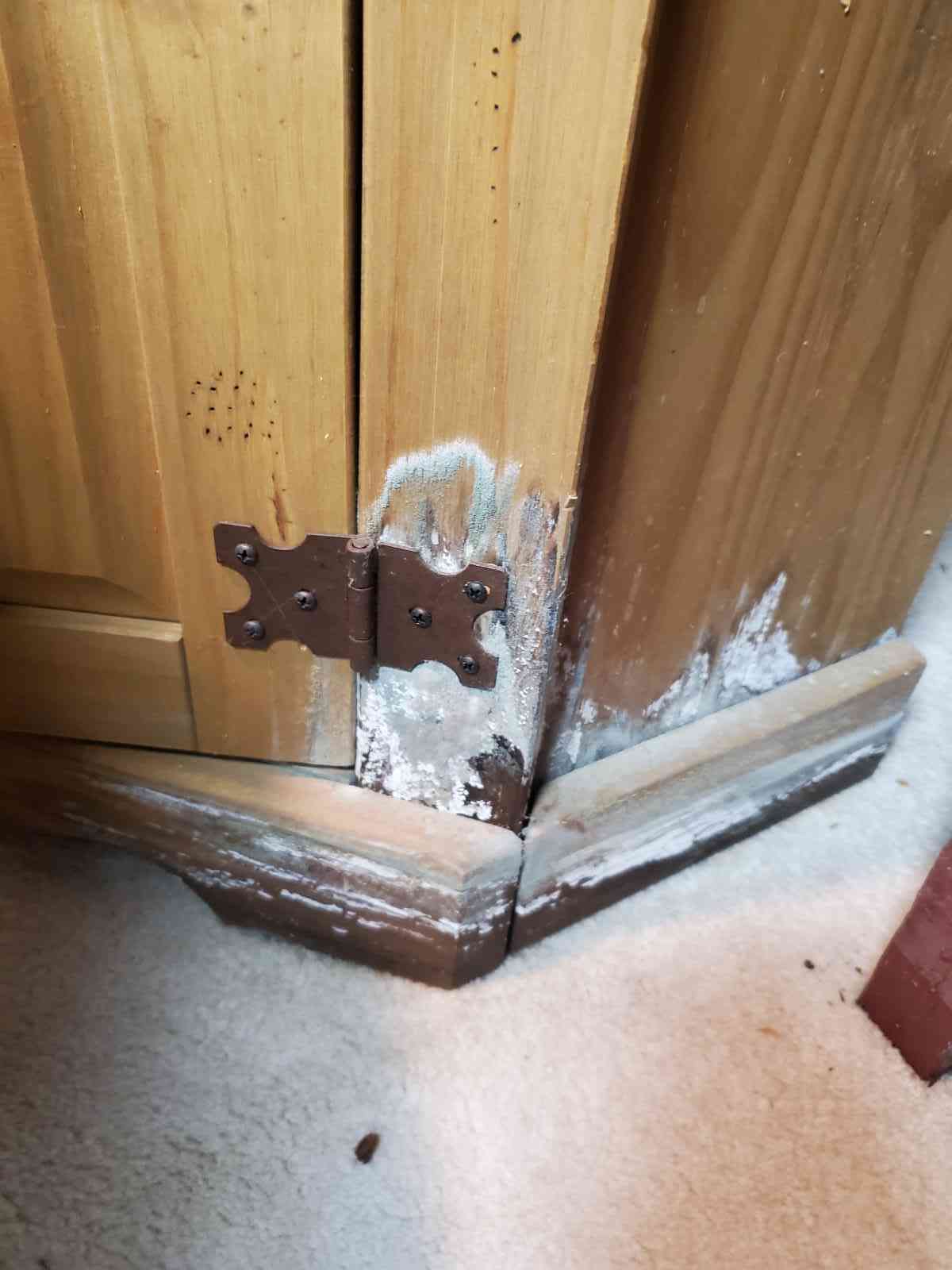
What To Know About Mold Remediation: Myth vs. Fact (Part 1)
Are you struggling with mold in your home? It’s time to separate fact from fiction. Many common misconceptions can lead to ineffective solutions, putting your health and property at risk. From the myth that bleach eliminates mold to the false belief that small amounts aren’t harmful, these ideas can leave you vulnerable. In this post, we’ll uncover the truth about mold remediation and provide essential tips for effective treatment. Whether you’re facing a minor issue or a significant infestation, empowering yourself with the right knowledge is the first step toward a safer, healthier home. Read on to learn how to protect your space from mold effectively!
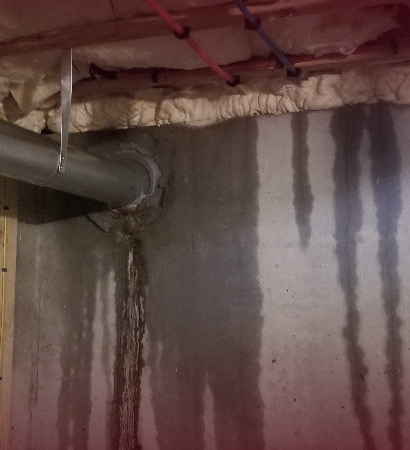
Top Tips for Preventing Water Damage in Your Home
Water damage can happen unexpectedly, but taking the right precautions can save you from costly repairs. In this post, DAI Restore shares essential tips for preventing water damage in your home or business. From maintaining plumbing to installing detection devices, these proactive steps can help you avoid disaster. And if water damage does occur, our expert team is here for water damage cleanup and repair, water mitigation, water damage reconstruction, and complete water damage restoration services. Read more to protect your property from water damage today!
